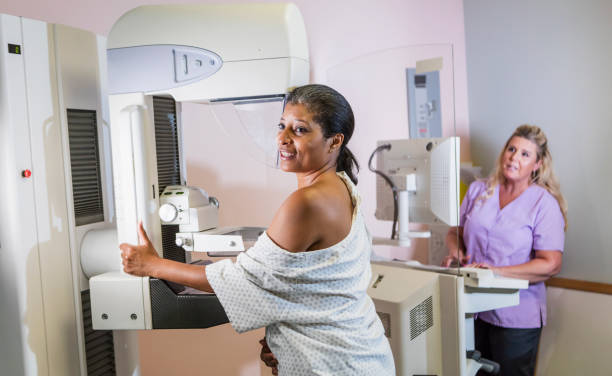
Breast Cancer (Breast CA) can be a scary topic to discuss but is necessary and calls for proper awareness and education. It can occur in both men and women; however, it is one of the most common cancers in women globally.
According to WHO, Breast CA spares no country in the world and was found to be the most common type of cancer in women in 157 countries.
Interested in more statistics about Breast CA? Check here.
What is Breast Cancer?
Breast CA occurs when cells in the breast start growing abnormally, progressively forming a lump or mass. However, not all lumps or mass in the breast are Breast CA. Here is an article on the various causes of breast lumps.
What Causes Breast Cancer?
Just like most other cancers, many factors are involved in the development of Breast CA, however, here are some of the risk factors:
- Increasing Age
- Family History – Parents, Siblings
- Lifestyle – Alcohol, Smoking
- Overweight or Obesity (Dense Breast)
Signs and Symptoms

Here is a list of some of the common signs and symptoms of Breast CA
- Lump in the breast or underarm
- Changes in breast size, shape or appearance
- Nipple discharge (especially if it is bloody)
- Dimpling of the breast skin
Types and Stages of Breast Cancer
There are two main types of Breast CA:
- Invasive Breast CA: the cancer spreads beyond the milk ducts
- Non-invasive Breast CA: the cancer is confined to the milk ducts
Breast CA is categorized into five stages (0, I, II, III, IV). Early-stage (0-2) has better prognosis than Late-stage.
Screening and Diagnosis

Screening for Breast CA includes
- Self-breast Examination (SBE) monthly for all menstruating women on days 5 to 14 of their cycle.
- Clinical Breast Examination, by your doctor, every three years in women aged 20 – 39 years and annually after age 40.
- Mammography annually after the age of 40 (earlier in women who have a family history).
See your doctor to learn more about Breast CA screening, specifically for you!
Diagnosis can be made using the following techniques
- Clinical Examination
- Imaging e. g Mammography, Ultrasonography, Magnetic Resonance Imaging
- Breast Biopsy
Diagnosis is usually made using a combination of these techniques.
Prevention Tips
Breast CA cannot be completely prevented but there are measures that can be taken to reduce your risk:
- Healthy diet and exercise
- Limit alcohol and quit smoking
- Consider genetic testing if Breast CA (or any kind of cancer) runs in your family
Take Charge of Your Breast Health
In the end, breast CA is something every woman should know about, but it doesn’t have to be something you fear. Stay proactive by doing regular self-exams, getting your screenings, and maintaining a healthy lifestyle. Early detection can save lives, so take control of your breast health today!
Suggested readings









